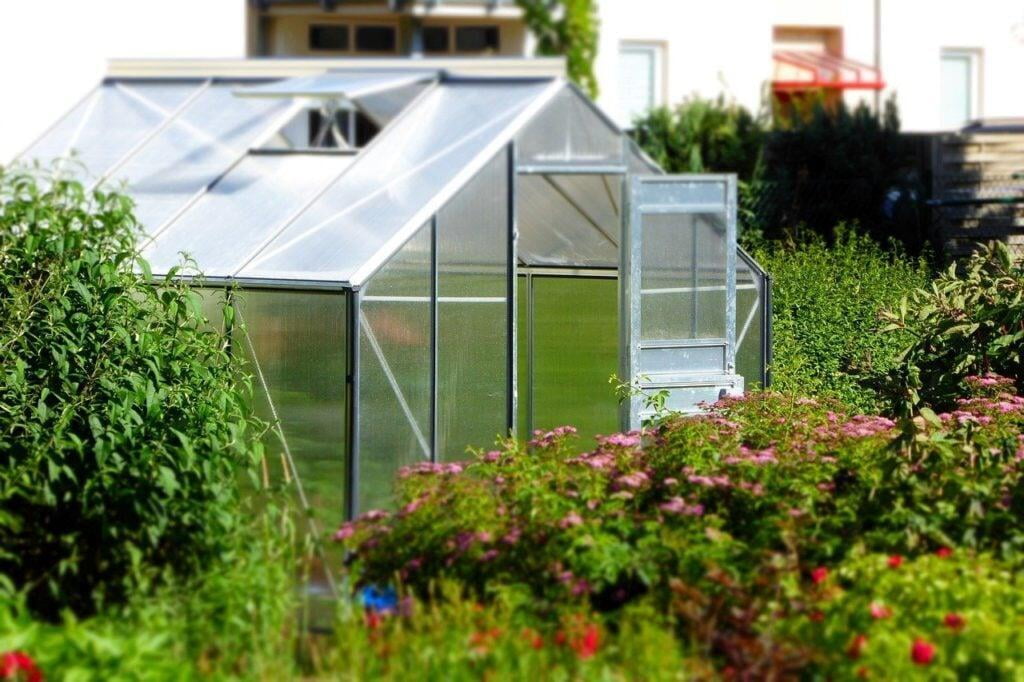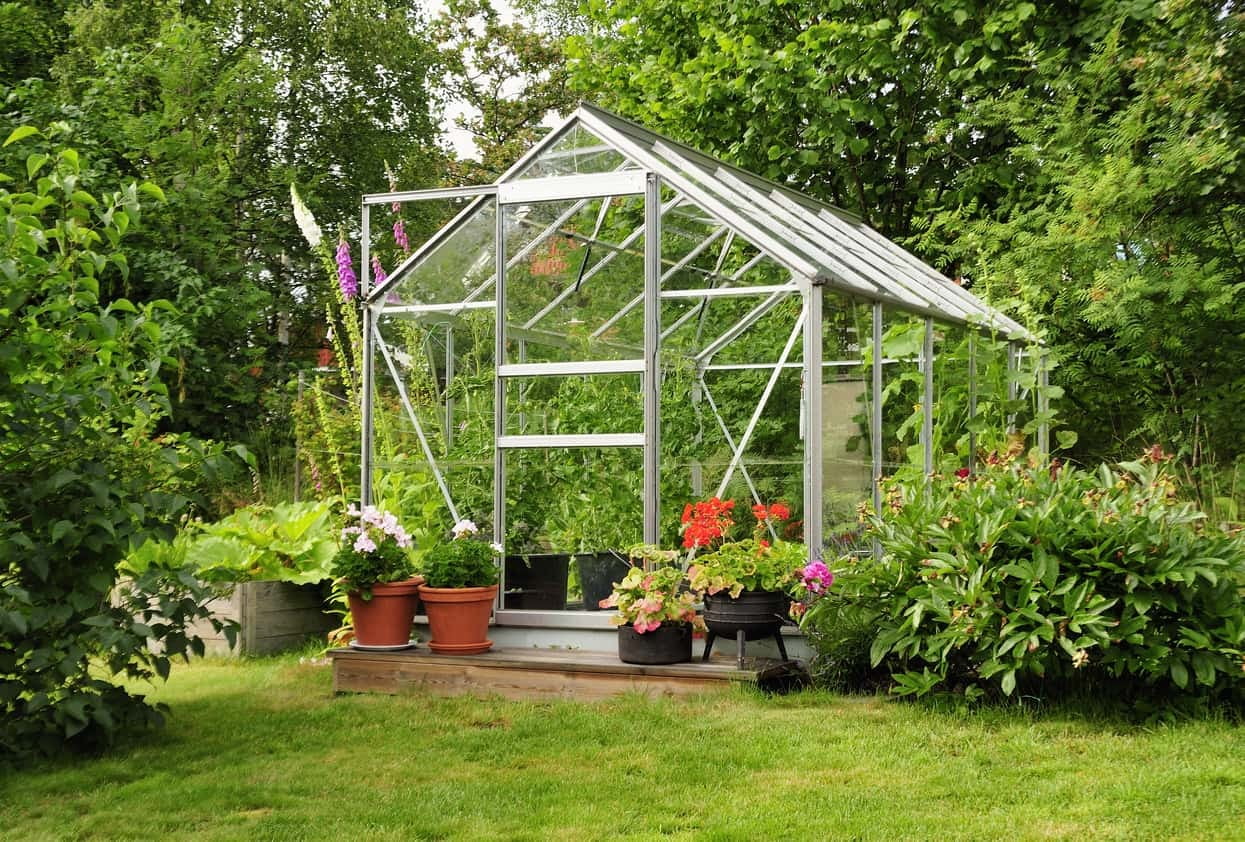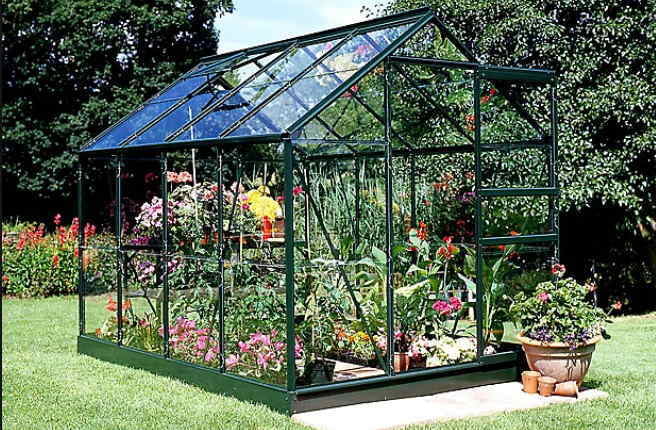In the verdant world of gardening, the greenhouse stands as a sanctuary for plants, a microcosm where flora thrives regardless of the whims of weather. Among the pivotal decisions for setting up such a haven is choosing the right glazing material. The debate between Polycarbonate Greenhouses vs Glass Greenhouse has long been a topic of discussion among gardening enthusiasts and professional horticulturists alike. Let's delve into the nuances of each to ascertain which suits your green aspirations.
Polycarbonate Greenhouse vs Greenhouse Glass
At the heart of this debate are two contenders: glass, with its timeless elegance, and polycarbonate, known for its modern resilience. Each material brings its unique strengths and vulnerabilities to the table, influencing everything from the micro-environment to the overall aesthetic of the greenhouse.
Key Features of Glass Greenhouse Glazing
Glass has been the go-to for greenhouses for centuries, cherished for its:
Benefits: Unmatched clarity for Visibility, excellent Light Transmission for plant growth, Aesthetics that blend seamlessly into any garden, and a commendable Lifespan under the right conditions.
Downsides: However, its Fragility can be a downfall, with Poor Insulation capabilities, lack of UV Protection, susceptibility to Condensation & Dripping, significant Weight that requires sturdy framing, and the Cost of installation and maintenance.

Key Features of Polycarbonate Greenhouse Glazing
Polycarbonate, a relatively newer player in the field, counters with:
Advantages: Exceptional Impact Resistance against the elements, superior Insulation qualities, innate UV Blocking to safeguard plants, Light Diffusion to prevent scorching, effective Condensation Control, lighter weight for easier handling, impressive Lifespan, and enhanced Safety for family-friendly spaces.
Drawbacks: Its Visibility and Light Transmission are marginally inferior to glass, and the Cost may initially be higher, though potential long-term savings exist.
Polycarbonate vs. Glass Greenhouse Glazing: Which is Better?
When it comes to choosing between polycarbonate and glass for your greenhouse glazing, a thorough examination of various factors is crucial to make an informed decision.
Durability
Polycarbonate stands out for its exceptional resilience and ability to withstand physical impacts that would easily shatter glass. This durability makes it particularly well-suited for areas prone to severe weather such as hailstorms or high winds. With polycarbonate, you can have peace of mind knowing that your greenhouse is built to last through the toughest challenges nature may throw its way.
Insulation
One of the key advantages of polycarbonate is its multi-wall construction, which offers superior insulation properties compared to single-pane glass. This insulation helps maintain a stable internal temperature within the greenhouse, providing a conducive environment for plant growth while also reducing energy consumption. In colder climates, polycarbonate's insulation capabilities can significantly lower heating costs compared to traditional glass structures.
Light Transmission
While glass allows for maximum natural light penetration, essential for the photosynthesis process and overall plant health, polycarbonate offers a unique advantage in light diffusion. Polycarbonate panels scatter light evenly throughout the greenhouse, reducing the risk of hotspots and ensuring uniform growth across all areas. This balanced distribution of light can be particularly beneficial for delicate or light-sensitive plants.
UV Protection
Unlike glass, polycarbonate naturally blocks harmful UV radiation, providing built-in protection for your plants. This means you won't need to invest in additional treatments or coatings to shield your plants from the damaging effects of UV rays. With polycarbonate, you can create a safer and healthier environment for your greenhouse occupants without compromising on sunlight exposure.
Condensation
Polycarbonate's innovative design minimises condensation build-up, a common issue with traditional glass glazing. Excess condensation can lead to mould growth and plant diseases, posing a threat to your greenhouse ecosystem. By choosing polycarbonate, you can mitigate these risks and maintain optimal growing conditions for your plants, ensuring they thrive year-round.
Safety
The shatter-resistant nature of polycarbonate makes it a safer option for greenhouse construction, particularly in environments with children or pets. Unlike glass, which can break into sharp, dangerous shards upon impact, polycarbonate panels are more likely to flex or bend, reducing the risk of injury. This added safety feature provides peace of mind for greenhouse owners, knowing that their loved ones are protected from potential accidents.

Cost
While glass may offer a more economical upfront cost, it's essential to consider the long-term savings and benefits of polycarbonate. With its superior durability, energy efficiency, and reduced maintenance requirements, polycarbonate can result in significant cost savings over time. Investing in polycarbonate greenhouse glazing ensures a durable and efficient structure that will pay dividends for years to come, making it a wise financial decision in the long run.
Material | Cost Estimate per Square Foot | Longevity | Notes |
Polycarbonate | £0.10 | 10-25 years | Cost-effective, durable, better insulation, but may need replacement every 8-10 years. |
Glass | £1 - £2 | 30-50 years | Higher upfront cost, longer lifespan, does not degrade or discolour over time. |
Environmental Impact
Both polycarbonate and glass have their pros and cons when it comes to environmental sustainability. However, polycarbonate's energy-efficient properties and long life span give it a slight edge in terms of environmental impact. By reducing energy consumption and minimising waste through fewer replacements, polycarbonate contributes to a more sustainable greenhouse solution compared to traditional glass structures.
Polycarbonate Greenhouse Pros and Cons
Pros:
Durability: Polycarbonate sheets are known for their resilience. They can withstand extreme weather, including heavy snow, strong winds, and hail, without breaking. This material is also resistant to UV rays, preventing it from yellowing or degrading over time, which ensures longevity.
Insulation: Polycarbonate has superior insulation properties compared to glass. Its multi-wall structure creates air pockets that help maintain a stable temperature within the greenhouse, making it more energy-efficient, especially in colder climates.
Safety: Due to its impact-resistant nature, polycarbonate is a safer option. It doesn't shatter like glass, reducing the risk of injuries from broken panes, which is particularly beneficial in settings frequented by children or pets.
Light Diffusion: The translucent nature of polycarbonate panels scatters the sunlight, ensuring an even distribution of light. This can reduce the occurrence of hot spots and promote more uniform plant growth.
Cons:
Aesthetic Appeal: While functional, polycarbonate does not offer the same classic elegance as glass. Its appearance may degrade slightly over time, and it can accumulate dust and dirt more visibly than glass.
Cost: The initial setup cost of a polycarbonate greenhouse can be higher than that of a glass one. Although it might be more cost-effective in the long run due to its durability and lower heating costs, the upfront investment is something to consider.
Light Transmission: Although the light diffusion of polycarbonate is beneficial for plant growth, it does slightly reduce the overall amount of light penetration compared to clear glass. This might not be ideal for certain plants that require high levels of direct sunlight.
Glass Greenhouse Pros and Cons
Pros:
Aesthetics: Glass provides a timeless appeal with its clear, classic look that blends well into any garden setting. It allows for unobstructed views into and out of the greenhouse, making it aesthetically pleasing.
Light Transmission: Glass excels in allowing maximum light penetration, which is crucial for the growth of many plants. It provides clear, natural light without the risk of yellowing over time.
Longevity: When maintained properly, glass can last for decades without needing replacement. It is resistant to scratches and does not degrade under UV light.
Environmental Impact: Glass is recyclable, making it an environmentally friendly option at the end of its lifecycle.
Cons:
Fragility: The primary disadvantage of glass is its susceptibility to breakage. It can shatter when hit by debris, during heavy storms, or due to accidental impact, posing a safety risk and potential additional costs for replacement.
Insulation: Single-pane glass offers poor insulation compared to polycarbonate. This can lead to higher heating costs in winter and may require the installation of additional shading or cooling systems in summer.
Cost: While the material cost of glass may be comparable to or slightly less than polycarbonate, the overall installation and maintenance costs can be higher. Glass greenhouses may require more substantial framing and foundations due to the weight of the glass and the need for regular cleaning and maintenance.
Polycarbonate Greenhouse vs Glass When It Comes to the Environment
When evaluating the environmental impact of polycarbonate and glass greenhouses, several factors come into play:
Energy Efficiency: Polycarbonate greenhouses generally offer better insulation, leading to reduced energy consumption for heating. This makes them a more energy-efficient option over time, potentially lowering the carbon footprint associated with maintaining optimal temperatures for plant growth.
Manufacturing and Recycling: Glass has an advantage in that it is recyclable and can be made from natural materials. However, the production process for both glass and polycarbonate involves significant energy consumption. Polycarbonate can be recycled, but the process is more complex, and not all facilities can handle it.
Durability and Longevity: Polycarbonate's durability means fewer replacements and potentially less waste over time. Glass, while durable if undamaged, may lead to more waste due to breakage. However, its longer Lifespan, when maintained properly and recyclable, can mitigate some environmental concerns.
Final Thoughts & Ipswich Glass
In the showdown between Polycarbonate Greenhouse vs Glass Greenhouse, the choice hinges on your specific needs, climate conditions, and aesthetic preferences. If you're drawn to the classic beauty of glass, Ipswich Glass provides a range of high-quality greenhouse glass. From Single Glazed Glass for traditionalists to Double-Glazed and Triple Glazed Glass for those seeking enhanced insulation and even Switchable Privacy Glass for innovators, Ipswich Glass is your partner in bringing your horticultural projects to life.



